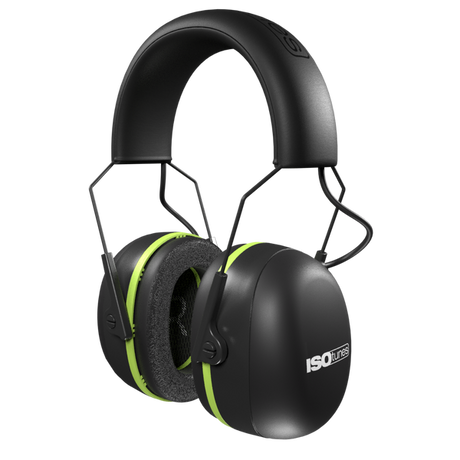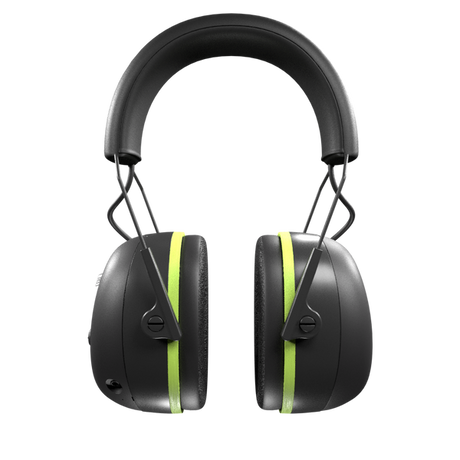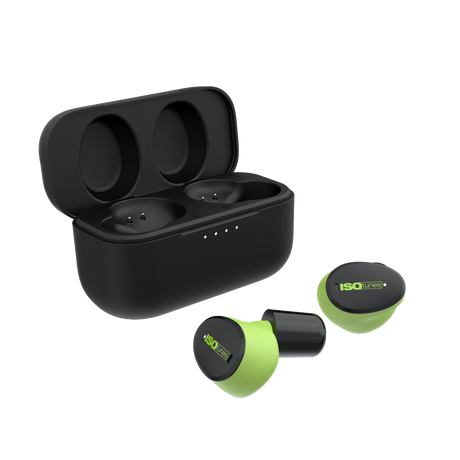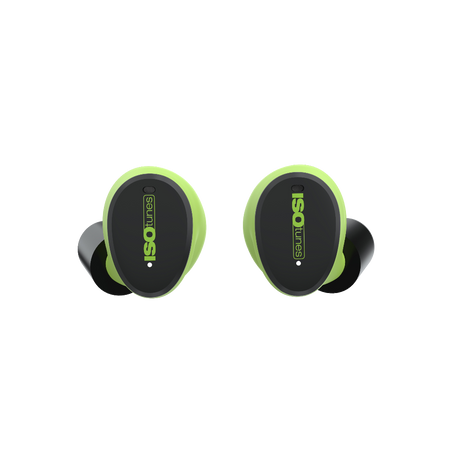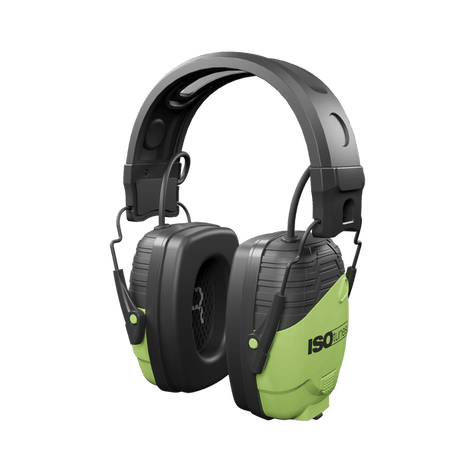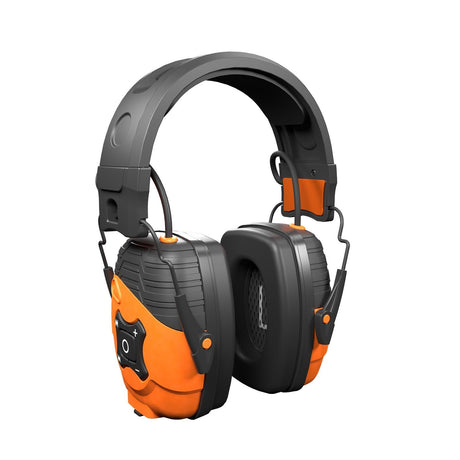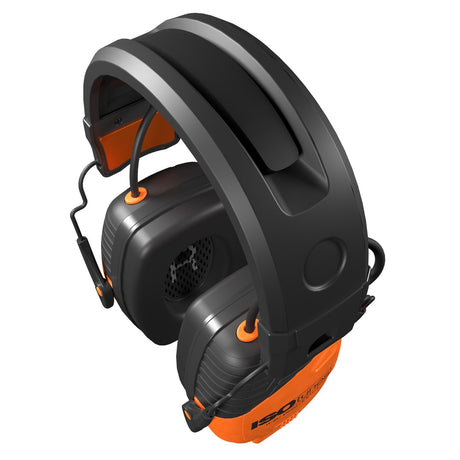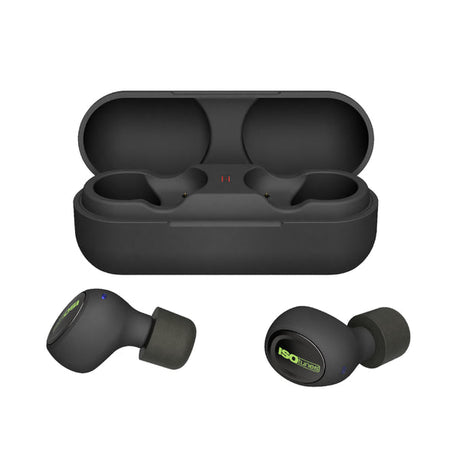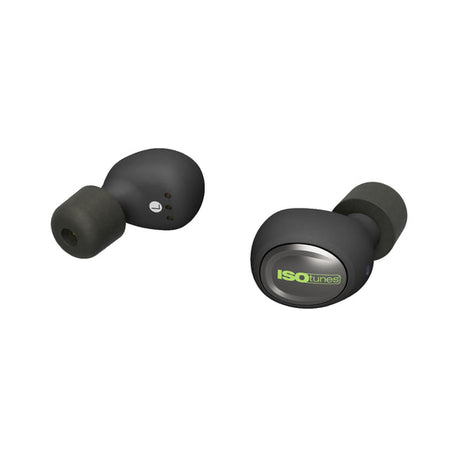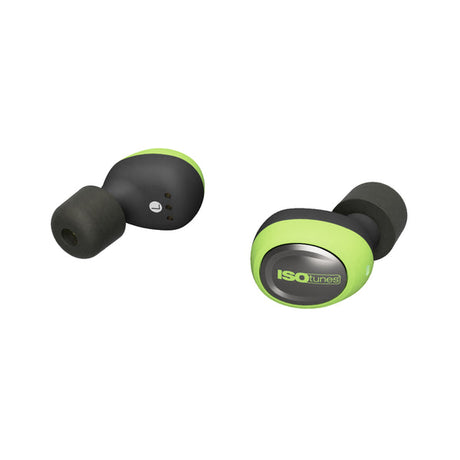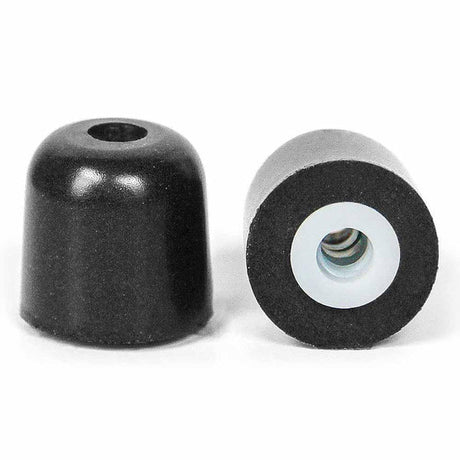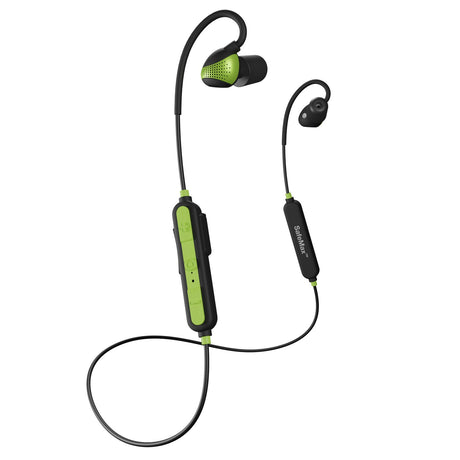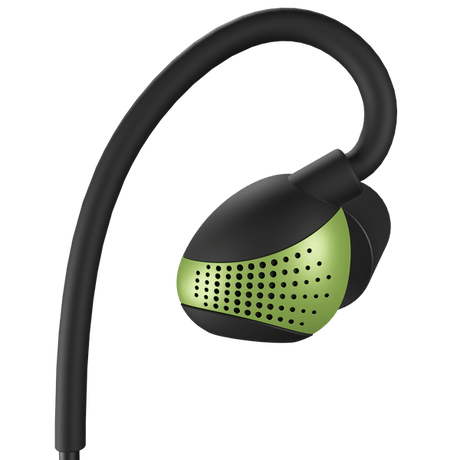Shop the isotunes range

Why hearing protection is important for woodworking
You might be asking: At what dB level do you need hearing protection? Typically, 85 dB is the magic number to protect against in woodworking. Any exposure to noise over 120 dB can cause immediate damage to your ears.
Noise-induced hearing loss, or NIHL, is defined as damage to the ear due to sound. It often happens over time after repeated exposure to many of the same loud sounds. And while hearing aids can be used for hearing assistance, noise-induced hearing loss cannot be cured. That's why taking the appropriate preventative measures to avoid hearing issues over the long term is important - primarily if you work in a higher-risk profession like woodworking.
As outlined in the chart, workshops are loud, with all tools and machines meeting or exceeding the 85 dB threshold.
Without hearing protection, workers are almost guaranteed to experience hearing loss in a workshop environment. That being said, it’s important for woodworkers to find comfortable hearing protection with adequate battery life, so they don’t feel the need to remove them during their time in the shop.

As you can see, many everyday woodworking tasks are over the 85 dB mark.
That said, these noises have the potential to cause long-term hearing problems and undoubtedly require hearing protection when encountering them. Even the sound of a hammer on a nail is around the 120 dB mark, where hearing loss can be immediate.
Why don't many woodworkers wear hearing protection?
So with all of this in mind, why aren't many woodworkers wearing hearing protection? There are a few key reasons:
Hearing protection is often restrictive and uncomfortable.
Many woodworkers find hearing protection uncomfortable, distracting them from their job and affecting their performance. In many cases, they're
not wrong. Conventional hearing protection tends to be large and bulky, and it can get in the way of doing work. If hearing protection fails to
fit the user properly, it can require frequent readjustment, influencing job performance and productivity.
Workshops are hot.
Speaking of comfortability, woodworking tends to take place in a shop environment - and these environments tend to get hot, especially when you consider the tools that most professionals use in said environments. As a result, even workers who always wear hearing protection may remove them throughout the day when they become too hot or uncomfortable. Unfortunately, doing so will leave them subjected to hearing damage
based on the workplace activities mentioned above.
Woodworkers want the freedom to listen to music and other entertainment.
Some woodworkers refuse appropriate ear protection on the job because they wear headphones to listen to music, podcasts, audiobooks, or other
entertainment. Conventional headphones, however, shouldn't be confused with hearing protection. While noise-canceling headphones can dampen sound to a certain extent, many standard, non-safety certified headphone models barely dampen sound at all. Wearing headphones on the job often does more harm than good, as workers are likely to crank up the volume to hear it over the noise of their tools. Most conditional headphones allow users to exceed 85 dB, damaging hearing and making workers unaware of their surroundings.
ISOtunes: A Perfect Combination of Hearing Protection and Bluetooth
Hearing protection and Bluetooth technology don't have to be mutually exclusive. In fact, with ISOtunes, you can get the best of both worlds in a comfortable product that offers the best ear protection for woodworkers. This section will discuss the key ISOtunes technologies that help make these headphones ideal for woodshop environments.
SafeMax™ Technology
Often, woodworkers crank up the tunes on their headphones to hear it over the sound of their equipment. When they do this, any potential protection from the headphones is wasted, as hearing damage will inevitably occur from the music. ISOtunes avoids this issue with its SafeMax™ hearing conservation technology, which comes built into its products. Specifically, SafeMax™ ensures that any ISOtunes work earbuds and muffs don't exceed 85 dB in volume. The volume limiter makes all ISOtunes products compliant with WHS standards and gives woodworkers the peace of mind that they are not at risk of hearing loss - regardless of whatever they're doing or listening to.
Dust-Tight Durability
There's no question that woodworkers do their jobs in dusty environments. After all, the most common byproduct of wood is sawdust. Many workshops have professional-quality dust collection systems that capture this errant dust, so it's not circulating throughout the shop. Still, no system is perfect - and with that said, most woodworkers want to know that dust isn't going to infiltrate their Bluetooth devices. Certain ISOtunes products come equipped with dust-tight durability, so you can rest assured that your product won’t get damaged. In addition to dust resistance, most ISOtunes models also feature water and sweat resistance.
Comfortability
The workshop can heat up quickly, and bulky earmuffs certainly don’t help. That’s why ISOtunes earmuffs are designed to be lightweight with a ventilated foam headband for increased airflow. Our muffs are also equipped with memory foam ear cushions, so they feel snug and comfortable on your ears as you move about the shop. As for our in-ear models, each product includes a starter eartip pack of four different sizes so you can find your best fit and ensure maximum comfort.
-
ISOtunes
ISOtunes Air Defender Bluetooth Earmuffs - Black/Green
$13990Unit price /UnavailableIn Stock -
ISOtunes
ISOtunes FREE Aware True Wireless Bluetooth Earbuds - Safety Green
$32990Unit price /UnavailableIn Stock -
-
-
ISOtunes
ISOtunes FREE 2.0 True Wireless Bluetooth Earbuds - Matte Black
$21990Unit price /UnavailableLow Stock (3 units) -
ISOtunes
ISOtunes FREE 2.0 True Wireless Bluetooth Earbuds - Safety Green
$21990Unit price /UnavailableLow Stock (3 units) -
ISOtunes
ISOtunes TRILOGY Replacement Foam Ear Tips Extra Small (White Core) - 5 Pair/Packs
$2490Unit price /UnavailableLow Stock (2 units) -
ISOtunes
ISOtunes PRO AWARE Bluetooth Earbuds - Safety Green
$22990Unit price /UnavailableIn Stock







